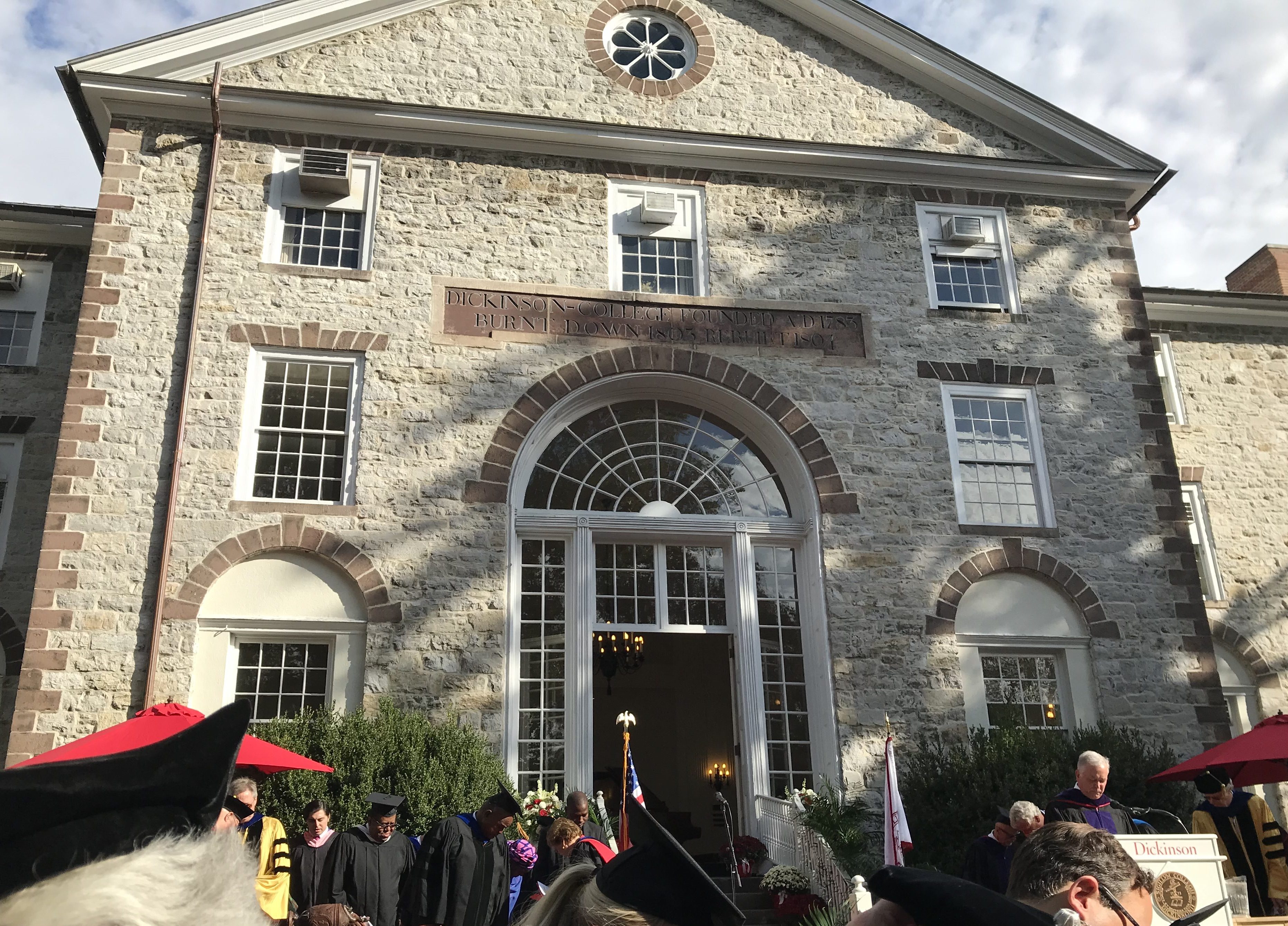MERIT AID: CAN COLLEGES CONTINUE TO ESCALTE DISCOUNTS?
By ROBERT J. MASSA
Let’s face it – colleges do not award scholarships to incoming students to reward them for superior academic performance or leadership. Sure, colleges want to attract these top scholars. But the real purpose of this “merit aid” is to influence a student’s enrollment decision by lowering the net price they must pay.
When I served as an enrollment vice president, a father wrote to me claiming that of the five colleges to which his daughter was admitted, only my institution and another top liberal arts college neglected to award aid to this $300,000 income per year family whose daughter was very good but just slightly above average in our pool.
What to do? Say no and likely lose the student or award a small incentive scholarship to secure the enrollment and net revenue? In this highly competitive environment, the answer was simple. We showed her the money!
And so it goes. Family expectations of price breaks are rampant and my colleagues and I tend to take the bait rather than risk the loss of net revenue. Once my school awarded the grant, you can bet the dad wrote to the lone hold-out using our gift as leverage.
Critics of the cost of higher education would say that students benefit from this price competition. True in the short-term, but in the long run, they are dead wrong. Jockeying for enrollments based on price will eventually result in lower revenues for colleges, which means less money for those who truly need it and insufficient funds to invest in the quality of academic programs and facilities.
Much of the escalation of competitive price discounting took place ten to fifteen years ago and continues on today. A 2003 Lumina Foundation study found that from 1995-2000 – in 1999 dollars—scholarship aid to students from incomes of $40,000 or less jumped 22 percent. But for families with incomes above $100,000, scholarship aid shot up by 145 percent! The rush to leverage dollars to assure enrollments and net revenues is trumping a commitment to access.
Admittedly, as the story relayed earlier demonstrates, I have participated in this practice because, again, it produces good short-term results. But colleges do not have to lessen their commitment to access, nor do they have to threaten the long-term viability of their financial models. To make progress on all fronts (including student academic quality and net revenue) colleges must demonstrate the value of their “product” and must allocate financial aid resources strategically.
There is some hope on the national front. Conversations about aid discounting continue in such venues and the College Board, the Education Conservancy and USC’s Center for Enrollment Research, Policy and Practice. Here, top professionals discuss impacts and alternatives in a general sense. Federal anti-trust laws as applied to higher education in the early 1990s under good intentions (but sparking a rapid growth in competitive discounting) prevent specific sharing of agreed-upon financial aid practices. It is important to note that while competition lowers cost (and therefore price) for private sector goods and services, it has the exact opposite effect on college costs – loss of revenue from non-need discounting means prices have to rise faster to make up the difference. Of course, for colleges that are under-enrolled, discounting actually increases revenue and therefore could have a positive impact on “list” price.
The goal, perhaps elusive, is to understand that as a system, higher education jeopardizes its future by increasingly discounting price to those well able to afford full tuition or at least a large part of the total price. A long-term vision, rather than a short-term gain, must be paramount. But try telling that to an enrollment manager who must get next year’s class and revenue!
The challenge lies ahead. Will hungry colleagues jump at the chance to “steal’ students from those concerned about how today’s practices will affect the future? Or will they join others on the road to equity, access and quality programs that a decrease in non-need-based aid will allow? Time will tell, but as prices rise and incomes do not, time is running out.
Robert J. Massa is vice president for communications at Lafayette College in Easton, PA. Opinions expressed are those of the author and do not necessarily reflect those of the institution.
